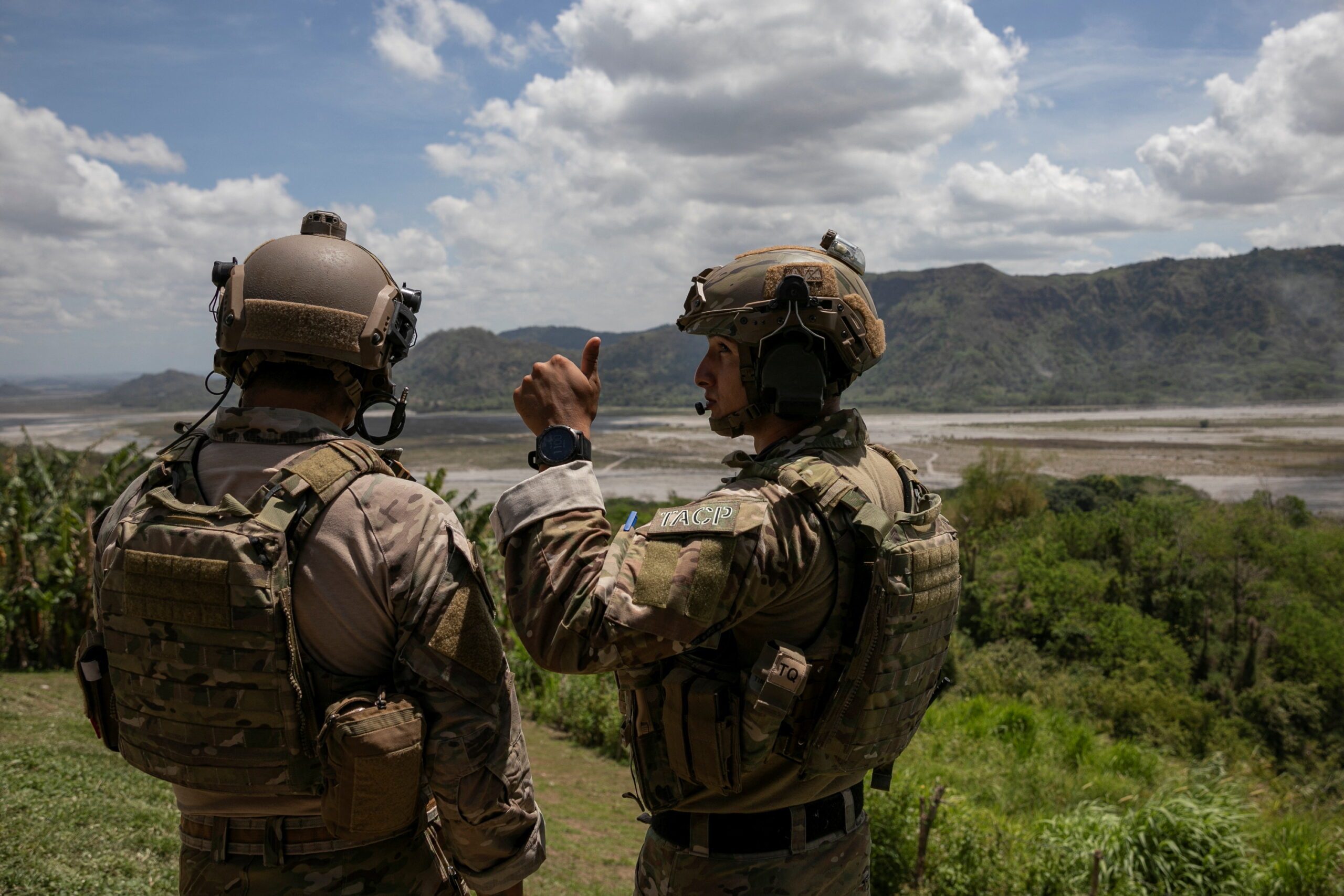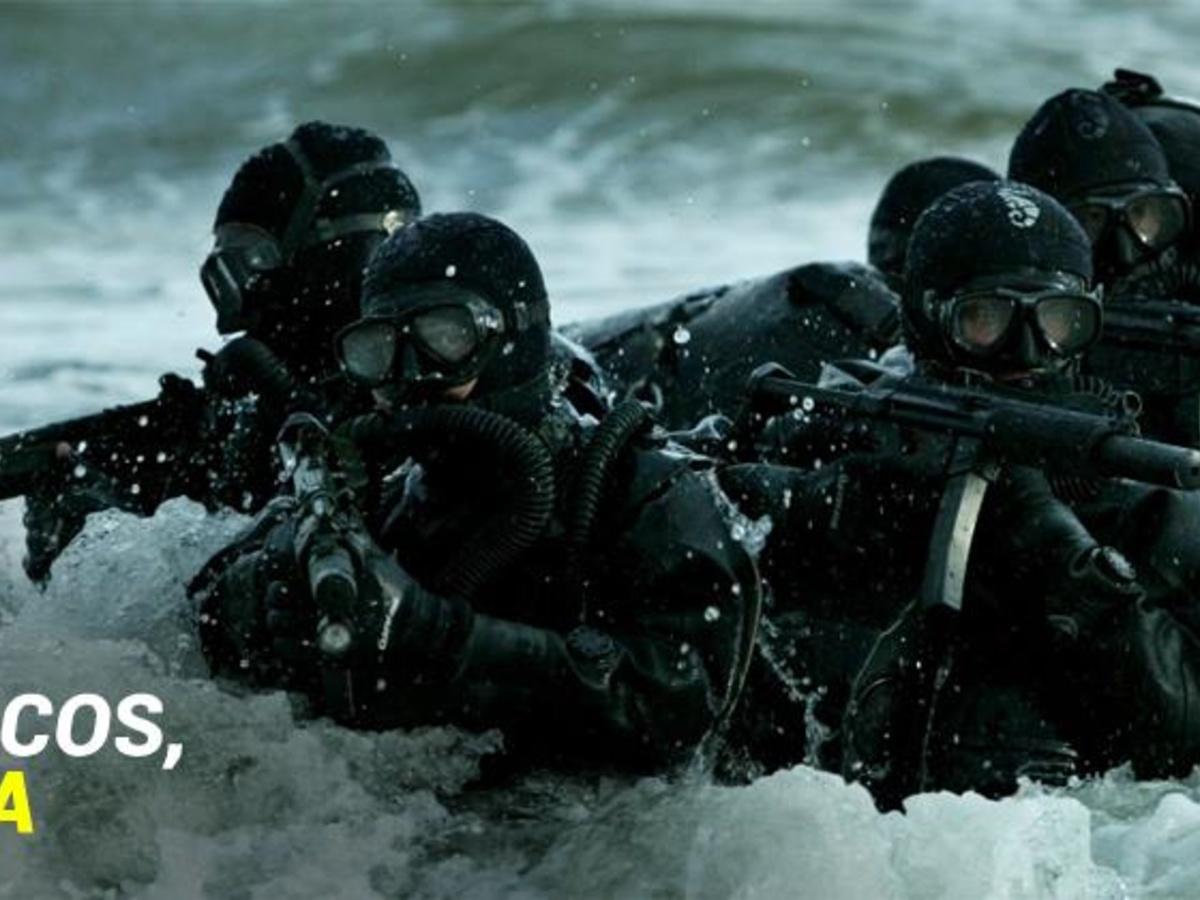Marcos Military - The Philippines was not a regional military power during the Marcos era, but at its weakest, the Armed Forces of the Philippines said it was "one of the best armed forces in Asia" at the time.
According to a 2004 article by Andrew Tan for the Singapore Institute for Defense and Strategic Studies, the militaries of Singapore, Malaysia, Indonesia and the Philippines "can be considered militarily weak with few major weapon systems."
Marcos Military

Tan, an expert in defense and security studies, cites "Military Balance 1974-75" for a 1974 picture of Southeast Asian military capabilities showing the Philippines lagging behind Thailand at 274,000,000-3009. .
Sfc (p) Marcos J. Alvarado > Army Sustainment Command > Article Display For Bios
The AFP was also behind the forces of Thailand, Laos, Cambodia and Singapore in fighter jets. The Philippine Air Force had 36 aircraft units in 1974, the same as Malaysia.
Thailand had 105 fighter jets. Laos, then in the midst of a civil war, had 85 aircraft, "most of which were US-supplied T-28 ground attack aircraft," Tan wrote. Singapore had 65 and Cambodia 64.
By the time Marcos became president, the air force's moment in the sun: the Lembas squadron of jets had been part of the UN peacekeeping force in Congo for two years. Korea has been home to Philippine military forces for nearly a decade.
However, it is true that Marcos invested heavily in strengthening the military. Journalist and Manila Times columnist Rigoberto Tiglo wrote in "Dictatorship and Revolution: The Roots of People Power" that Marcos "managed the military as a seat of power in Philippine society."
Military Friend Remembers Fallen Elwood Officer Noah Shahnavaz
By the end of 1975, the AFP had about 250,000 soldiers, down from only 60,000 in 1972, Tiglo writes. The military budget also increased from £880 million in 1972 to £4 billion in 1976.
Marcos gave the AFP a lot of money and equipment, and it came with a price: loyalty to him as loyalty to the republic.
As commander-in-chief, he had the final say on promotions and service extensions, and he was able to fill the military leadership with officers from the Ilocos region.
Tagalo writes that eighteen of the 22 generals in the Philippine Constabulary came from Ilocos, and that the metropolitan command was largely "globalized."
Marcos Sacks Philippine Military Chief In Surprise Move
The head of the Marcos military machine was General Fabian Weir, a close relative who controlled a powerful intelligence network that included the Presidential Guard, the AFP Intelligence Service and the National Intelligence Service.
The Presidential Security Force, the forerunner of the modern Presidential Security Team, was headed by Aaron Weir, son of the AFP chief.
More important than the increase in personnel, money and equipment was what the reinforced army was used for: what Tagalo called "the bloodiest period in Philippine history". He mentions the use of housing — clearing an area of alleged insurgents and maintaining a military presence to detain them — torture and extradition.
"For the first time, the country has earned the dubious distinction of being the most notorious human rights abuser," Tiglo also wrote.
China And Philippines Vow 'friendly' Handling Of Maritime Spats
A panel created under the Marcos administration to process compensation claims by human rights victims is still processing applications from 75,000 victims.
Militarization of the provinces was not implemented through paramilitary units recruited from local hardliners.
"Rape, summary executions, rescuing suspected rebels and torture were common incidents in which these gangs operated," Tiglao added.

However, the biggest weapon in Marcos' arsenal was the support of the United States, which had military bases in Clark and Subic until 1992.
Army Helps Secure President Marcos' Oath Taking Rites
AFP acknowledges this on its website, saying its strength during the Cold War came from "strengthening diplomatic ties with the United States in combating the threat of communism."
Tan stated in 2004 that "the Philippines resolved its external security problem through a security agreement with the United States. Major US bases in Subic Bay and Clark Air Base provided the Philippines with external security as well as strong reassurance." Effective deterrence against any external threat."
"During the Cold War, Philippine outposts were critical locations for ground, naval and air forces during the Vietnam War. At the height of US deployments in the 1980s, there were between 13 and 15 "military personnel and 12,000 Department of Defense civilians. stationed in the Philippines,” the US-based policy think tank Council on Foreign Relations wrote in 2016.
US military aid to the Philippines rose from 2.2 million between 1970 and 1972 to 1973 and 1975. increased to 8 million. Tiglo noted that in 1973 ".3 million was a 100 percent increase over the previous year's level.5 million
Ferdinand Marcos Sr.'s Philippines Past Glossed Over By Son
The grants include the purchase of Vietnam War-tested military equipment, from M16s to M-113 armored personnel carriers, helicopters and transport aircraft.
An alleged State Department cable from 1978 suggests that US government officials redacted a human rights report on the Philippines because it "could touch a sensitive or critical point in the underlying negotiations."
The cable, published by WikiLeaks, said the US office in Manila "used a fine-tooth comb to remove/replace phrases that might be overlooked by the leadership, the media or the public." Among these sentences was a reference to Marcos' monopoly of power.
Indeed, Marcos raised the issue of the camps late in his administration on February 17, 1986, when the United States announced that it would reconsider aid to the Philippines due to concerns that the elections had been tainted.
Xi Tells Marcos That China Is Ready To Restart Oil Exploration Talks
"If that happens, we'll talk about renegotiating the camps," he was quoted as saying by the Los Angeles Times. "...even without the question of aid, we must renegotiate these camps."
The same report noted that Marcos "often does not threaten to close the camps, but uses them as pawns in his efforts to take advantage of conflicts with the United States."
Aurora de Dios wrote in "Dictatorship and Revolution" that "the United States is willing to support Marcos as long as he continues his counterinsurgency policy, which is constantly supported by the growing rival budget of the AFP."
However, within two decades, the United States felt that, "despite continuing and doubling military aid to the dictatorship, the insurgency problem worsened, political forces polarized, and Marcos unwittingly compromised US interests."
Marcos' Unexpected Whirlwind U.s. Courtship Will Soon Be Tested
Also, international stigma and concern about human rights abuses destabilized support for the regime.
"What gradually surprised the US government was that the dictatorship's own counterinsurgency efforts were simply political corruption under the leadership of Marcos Weir [Fabian, AFP chief] and the deliberate de-professionalization of the AFP. Cultivated by personal loyalty and patronage.
Writing to AFP in 2004 in the late 1990s, Tan said the legacy would live on long after the regime fell.

The AFP, the regional military force known as the AFP, was "engaged in political factionalism and local politics, a trend encouraged by Marcos that later led to the collapse of coordination during the Aquino era from 1987." - Philstar.com
Philippines' Marcos Wants Military Presence To Defend Its Waters In South China Sea
From the podium, left to right: Minister of National Defense Ernesto Mata, President Ferdinand E. Marcos and Chief of Staff Manuel T. Around 1968. At 48, General Yan is the youngest head of the AFP.
Marcos "often uses the camps as pawns in an attempt to take advantage of conflicts with the United States."
With a happy smile, in Westbury, NY. On February 16, 1973, Captain David E. Baker salutes with the Army Trophy. Commentary / Rebuilding alliances in the region to secure the Philippines' international President Marcos revived military ties with the United States for the Indo-Pacific region.
Sorry, but your browser requires JavaScript to use this website. If you are not sure how to enable it, please visit this website: https://www.enable-javascript.com/
Arming A Dictator, Britain Provided A Weapons Pipeline To Marcos Sr
On the surface, Philippine President Ferdinand Marcos Jr. has continued the previous China policy. Before announcing his presidential candidacy last year, the only son of the Philippines' last strongman openly supported outgoing President Rodrigo Duterte's strategic citizenship in Beijing: "No matter what we do, we cannot go to war."
After taking office, Marcos described China as a "strong partner" in post-pandemic economic recovery and recently called the Asian powerhouse a "reliable partner" in infrastructure development. During the meeting with Chinese Foreign Minister Wang Yi, the new President of the Philippines promised to continue his old China policy to usher in a new golden era of bilateral relations.
If this does not resolve the issue or you are unable to add domains to your whitelist, please refer to this FAQ.

You can comment on stories with your current subscription plan. However, before writing your first comment, please create a display name in the profile section of your customer account page. Philippine President Ferdinand Marcos Jr., left, welcomes then-Chief of the Philippine Army Lt. Gen. Bartolome Bacaro at Villamor Air Base. in Metro Manila on January 3. © AP
Duterte Following In The Footsteps Of Ferdinand Marcos
MANILA (AP) — Philippine President Ferdinand Marcos Jr. resigned Saturday.
Military, ferdinand marcos military, marcos colon, marcos jacobs, marcos franchise, marcos rubio, marcos pizzeria, marcos delivery, ferdinand marcos military career, marcos island, san marcos military academy, marcos niceville



0 Comments